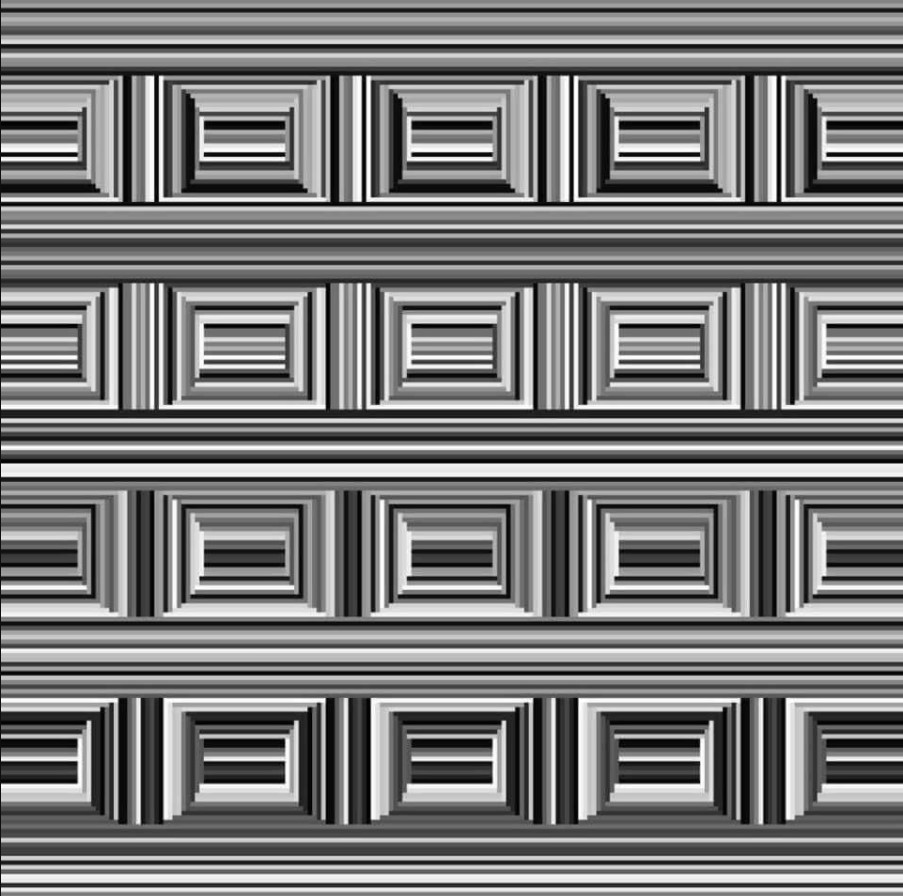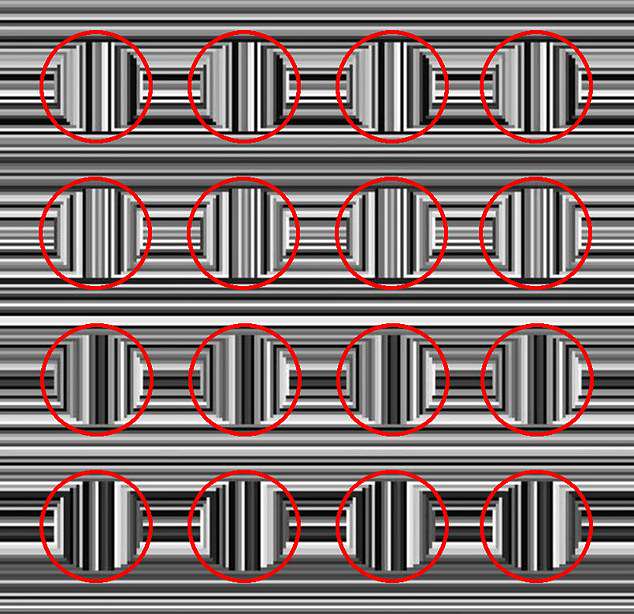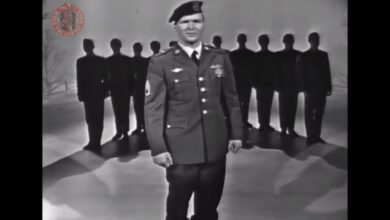Can You Spot the 16 Circles? This Optical Illusion of Squares Baffles Many — Try Solving It in Under 45 Seconds!

This illusion is effective due to the brain’s inclination to concentrate on enclosed shapes and its perception of vertical and horizontal lines.
Norcia, the creator of the puzzle, tested it with 45 individuals who, on average, took 45 seconds to identify the circles.
If you’re having difficulty spotting the circles, try focusing on the vertical lines.
For those eager to see the solution immediately, you can scroll down to the reveal.
This image is an example of an optical illusion known as the “Coffer Illusion,” which challenges our perception by hiding circles within a pattern that predominantly features rectangles and lines. The reason many people struggle to see the circles lies in the workings of the human visual system and the cognitive processes involved in interpreting sensory information. Below is a more detailed exploration of why this happens:
### 1. Visual Perception and Pattern Recognition
The human brain is wired to recognize familiar patterns and shapes based on past experiences. In this illusion, the dominant visual pattern comprises intersecting horizontal and vertical lines, forming what appear to be a series of rectangles or squares. This pattern recognition overrides the less obvious shapes — the circles — because our brain prioritizes more common geometric forms like squares and lines which it encounters more frequently in daily life.
### 2. Gestalt Principles of Grouping
According to the Gestalt principles, particularly the principle of continuity, the human eye tends to follow lines and curves, linking elements together into continuous forms. In this image, the straight lines are more apparent and easily connected, overshadowing the subtle arcs that form the circles. The brain effectively ignores these breaks in continuity where the circles exist, focusing instead on the stronger and more continuous linear patterns.
### 3. Figure-Ground Segregation
This principle involves distinguishing between the main object (figure) and the background (ground) in a visual space. In the Coffer Illusion, the figure (rectangles and lines) is so prominently defined that it pushes the circles into the background, making them part of the unnoticed ground. The circles become visible only when the viewer consciously shifts focus from the figure to what was initially perceived as the ground.
### 4. Contrast and Visual Noise
The high contrast between the black and white stripes contributes to the difficulty in spotting the circles. The stark differences engage the visual system so intensely that subtler boundaries of the circles are overshadowed. The visual “noise” created by the stripes can confuse the sensory signals processed by the brain, further obscuring the circles.
### 5. Cognitive Load and Expectation
Expectations also play a significant role in what we perceive. If one is told to look for rectangles and lines, the mind will likely focus only on those shapes. Without knowing that there are circles to find, the brain doesn’t allocate resources to look for them, adhering instead to the expected patterns.
### Conclusion
Understanding this optical illusion provides insight into the complex processes of visual perception and cognitive interpretation. It illustrates how easily our sensory input can be manipulated by design, expectations, and inherent cognitive biases, highlighting the fascinating interplay between what physically exists and what we actually see. For those struggling to find the circles, focusing less on the squares and more on the gaps might help reveal the hidden shapes. Such illusions are not only fun but also deeply educational, revealing the limits and workings of our perceptual apparatus.






